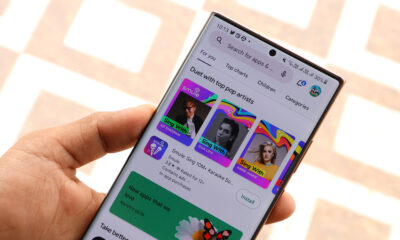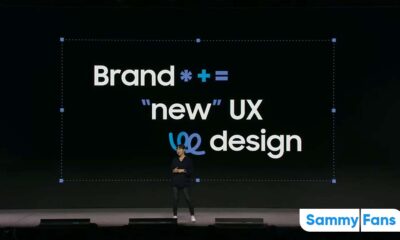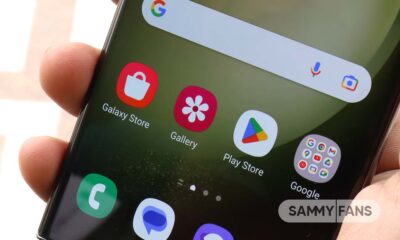Android
Trojans are slowly becoming serious threat to Android ecosystem
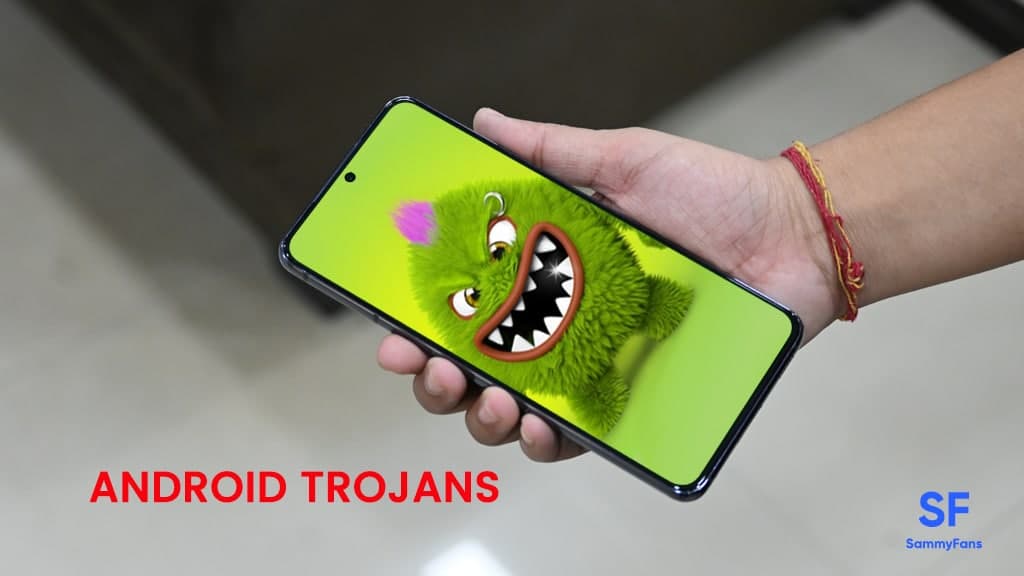
Trojans have been around for a long time and are not unique to Android. We are seeing more reports related to Android, however, Trojans are becoming a serious threat to Android users.
This particular article is inspired by a recent report on the Android Banking Trojan. Those Trojans infected almost a dozen Android apps and were able to reach more than 300,000 users.
When it comes to this report and many others we’ve seen this year, it’s worrying that those apps are finding their way into the Google Play Store. Google’s own app store should be very secure and this is normal, but there is always a way to overcome malware cracks. Third-party app stores are usually easy targets.

Trojans and Android ecosystem
These banking Trojans have done it smart, but we hope Google finds a way to prevent this from happening in the future, at least to some extent. These Trojans use loaders to go through security fences. Loaders are small pieces of malware hidden inside apps. They are generally unaware of Google’s security and this applies to other platforms as well. Clearly, Apple’s Appstore is not immune to such problems.
Most of these Trojans do not work at first, but after many upgrades they become malicious. Those who put them in apps release updates to add bits and pieces of malicious software.
In this way, in some cases, as demonstrated by these banking Trojans, it is possible to escape Google’s protection. We have seen over 300,000 infected Trojans this year and this is a cause for concern.

The pleasure of using a smartphone is definitely installing apps because each app basically gives you another new function. You can play it safe and stick to well-known apps from big companies, but you should not be limited to that.
If you find it very interesting to install a lot of obscure apps in the Play Store you can stay safe. There are many great apps that you have never heard of and they provide functionality that no other app has.
It would be ideal if Google could completely prevent this from happening, but we know it’s not possible. So we can expect this to continue to be an outstanding performance. When hundreds of thousands of devices find their way before such apps are removed, that’s the problem.
It is important to note that the malware is usually hidden in image editing apps, PDF scanners, QR code scanners, and some similar apps. People need it from time to time and usually install it in a hurry without thinking twice about it.
Let’s hope that the problem will be reduced in the future due to Android Trojans. We all know that Google does everything possible to prevent this from happening, but you also have to play your part. You need to test a little closer before you install the app and most importantly, be very careful about what kind of permissions you give to the app.
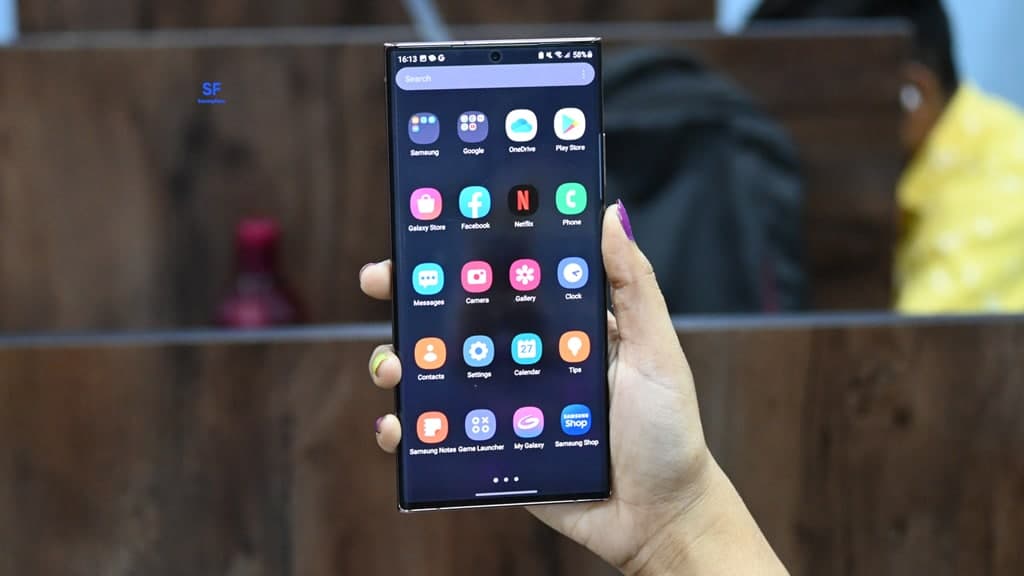
Remember before you give different permissions to apps
If the PDF scanning app needs permission to send SMS messages, make calls, etc., you know that something went wrong. This is just an example. The problem is that most people give everything they want without thinking.
Needless to say, this is not the right way to go. Those permissions are in effect for a reason. I can not emphasize this enough, do not allow unnecessary things, in other words, be careful of what you allow. This is the last line of your defense, and it can be very effective.
Get notified –
Aside from SammyFans’ official Twitter and Facebook page, you can also join our Telegram channel and subscribe to our YouTube channel to get notified of every latest development in Samsung and One UI ecosystem. Also, you can follow us on Google News for regular updates.
Android
Google unveils Android 16 Developer Preview with exciting features

Google has kicked off the Developer Preview for Android 16, arriving earlier than expected. Usually, these previews begin in February, but Android 16 DP1 is launching three months ahead of schedule this year.
The earlier release of the DP1 is because Google has moved the official Android 16 release from the third quarter to the second quarter of 2025. It aims to ensure that more devices get access to the major Android updates sooner.
Android 16 DP1 is available for several Pixel devices, including the pixel 6, Pixel 6 Pro, Pixel 6a, Pixel 7, Pixel 7 Pro, Pixel 7a, Pixel Tablet, Pixel Fold, Pixel 8, Pixel 8 Pro, Pixel 8a, Pixel 9, Pixel 9 Pro, Pixel 9 Pro XL, and Pixel Pro Fold, as well as the Android Emulator. It can be identified through version BP21.241018.009.
![]()
The Android 16 Developer Preview brings new features for app developers. It brings a system photo picker that will help apps give users a smoother, more integrated way to select photos without needing extra permissions.
Another new feature is Health Connect, which lets apps access and manage medical records in FHIR format, but only with user permission. The update also includes the latest version of the Privacy Sandbox for privacy protection.
This preview program runs from November 2024 until the final public release next year. Android 16 Beta Program will begin in January, with the final stable release expected in Q2 of 2025. Stay tuned for more updates.
Android 16 to make Quick Settings access easier with one-finger swipe
Android
Google’s Android 15 QPR2 Beta 1 update is now available

Google has released the first beta of Android 15 QPR2 for Pixel users. The update can be identified via build version BP11.241025.006. However, users are also waiting for the stable release of Android 15 QPR1 in December this year.
Android 15 QPR2 Beta 1 update comes with the November 2024 security patch. It is available for a wide range of Pixel devices, including Pixel 6, Pixel 6 Pro, Pixel 6a, Pixel 7, Pixel 7 Pro, Pixel 7a, Pixel Tablet, Pixel Fold, Pixel 8, Pixel 8 Pro, Pixel 8a, Pixel 9, Pixel 9 Pro, Pixel 9 Pro XL, and Pixel 9 Pro Fold, as well as the Android Emulator.
Quarterly Platform Releases are updates that bring more noticeable changes and new features compared to the usual monthly bug fixes. These updates are perfect for testing out bigger UI changes or new features that don’t need to wait for a full Android version release.
![]()
The QPR2 Beta 1 is the second major update for Android 15, with the final version expected to launch in March 2025 (via 9to5Google). This update brings the usual bug fixes, security enhancements, and new features to test.
Users participating in the beta program are advised to report any issues via the Android Beta Feedback app, easily accessible through the app drawer or Quick Settings. Install the update now to get an enhanced experience.
Android 16 to make Quick Settings access easier with one-finger swipe
Android
Android 16 to make Quick Settings access easier with one-finger swipe
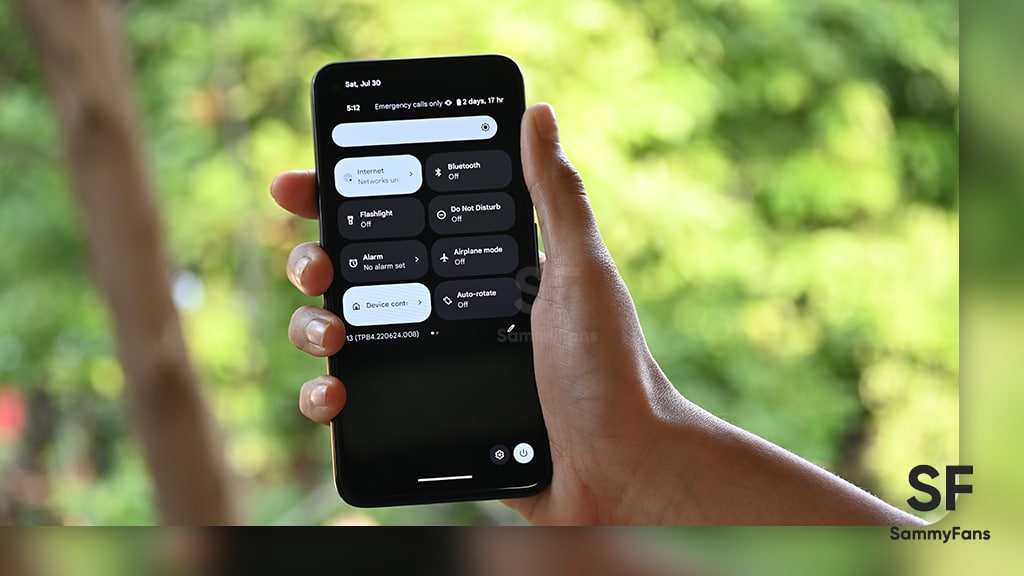
Google is reportedly going to bring an interesting change with Android 16, which will no longer require two fingers to pull down the Quick Settings panel. Previously, there were concerns that users would need to swipe down with two fingers to bring up the Quick Settings. Fortunately, Google has decided to simplify this process.
With Android 16, accessing the Quick Settings will only require a single-finger swipe down on the right half of the status bar. The one-finger swipe access aligns it more closely similar to other Android manufacturers, like OnePlus and Samsung, have designed their systems.
Several users didn’t like the idea of needing two fingers to swipe down, as it felt more awkward and less convenient. By switching to a single-finger swipe for Android 16, Google will make it easier for users to manage their settings with less effort. A well-known tipster Mishaal Rahman (via Android Authority) spotted the code for this Quick Settings change.

However, the new design still lacks the ability to swipe seamlessly between the notifications and Quick Settings panels. Hopefully, Google will add this feature before the official release.
In addition to the swipe change, Android 16 will introduce resizable Quick Settings tiles and better categorization to help users find specific settings more easily.
However, these features are still being worked on and may not be fully ready in the current beta. They are expected to roll out in the final Android 16 release, which is expected in mid-2025.



